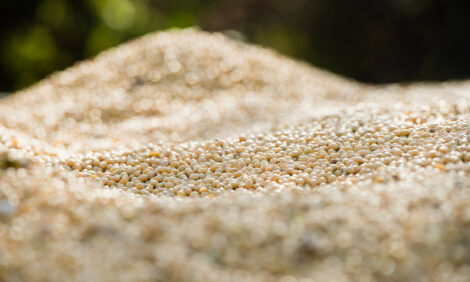



US Swine Economics Report
Regular report by Ron Plain on the US Swine industry, this week looking at possible hog duties on Canadian imports.
 Ron Plain |
The U.S. Department of Commerce announced on Friday that they have reached a preliminary decision to levy a tariff of approximately 14% of value on live hogs, except breeding stock and Hytek hogs, imported from Canada. A final decision is expected in March 2005. At that time, Commerce may extend, modify, or repeal the tariff. This decision is the result of a petition filed in March by the National Pork Producers Council claiming that Canadian hog producers have been dumping hogs on the U.S. market. The tariff is expected to go into effect later this month.
The anti-dumping tariff should have a major impact on Canadian hog prices. At current prices, a 14% tariff will mean a entry tax of $4-5/head on weaner pigs, $7-8/head on feeder pigs, $18-19/head on slaughter hogs, and $20-30/head on sows. Obviously, the tariff is large enough to cause Canadian hog producers to want to keep their hogs north of the border; but, there are limits on Canadian flexibility. Roughly, 105,000 feeder pigs and 52,000 slaughter hogs are shipped to the U.S each week. It is highly doubtful that Canada has anywhere near enough unused finishing space to allow them to retain an additional 105,000 weaner/feeder pigs in Canada each week.
Although Canada has some unused slaughter capacity, it is unlikely they can absorb an extra 52,000 head per week anytime soon. The Canadians have been slaughtering about 430,000 hogs/week. Their biggest weekly slaughter ever was 469,682 hogs during the week ending on December 21, 2002. Even if Canadian packers can run steadily at that record pace, they will be able to absorb less than 75% of the slaughter hogs they are now sending to the U.S. Since prices are set at the margin, having to send any significant number of slaughter hogs to the U.S. means the anti-dumping tariff should keep Canadian slaughter hog prices 14% or so below U.S. prices.
The expected impact of the anti-dumping tariff in the U.S., at least in the short run, is minimal. This tariff doesn't change the number of hogs or the amount of pork in North America. Yes, fewer hogs will come south. But, this should be fully offset by an increase in pork imports from Canada and a reduction in U.S. pork exports to Canada. Without a reduction in the amount of pork on the market, U.S. packers can't afford to pay significantly more for slaughter hogs.






